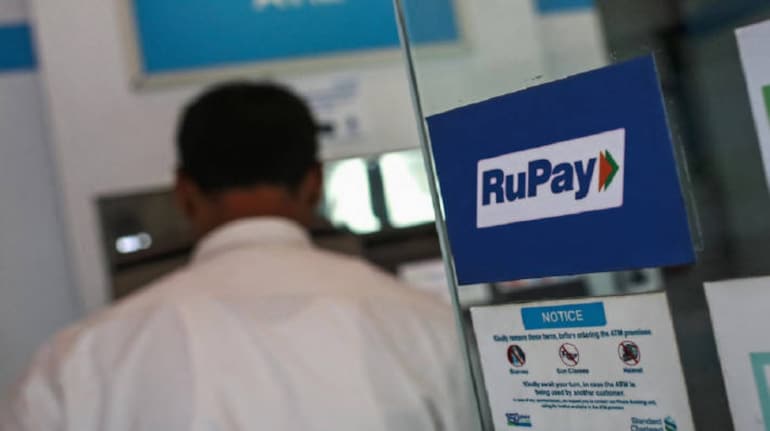



COVID-19 has caused the cumulative value of digital transactions between January and May 2020 to fall by 25 percent year-on-year (YoY). During the same five months last year, transactions had jumped 20 percent YoY, the Reserve Bank of India (RBI) said in its Annual Report for 2019-20.
It cited the COVID-induced economic slowdown as one reason for the fall. At the same time, the rate of increase of currency with the public has been accelerating.
While the first few months showed a drastic fall in digital payments, May showed some recovery, said the central bank. Online commerce continued to drive volumes. The share of RuPay card usage for online payments versus face-to-face merchant transactions jumped to 237 percent in April, compared to 76 percent in February. This showed that consumers preferred to shop online over visiting shops or malls for shopping.
The central bank has used these data points to show that the trends on digital transactions are indicative of the overall economic health of the country.
Also read: Coronavirus pandemic | Digital payments fall up to 68% in April
UPI, NEFT and IMPSThe bank also highlighted the annual transactions through UPI, NEFT and IMPS, the popular retail payment modes. Number of UPI transactions jumped to 1,251 crore in 2019-20 from 539 crore in 2018-19, a growth of 132 percent.
Number of IMPS transactions, another inter-bank fund transfer mechanism run by the National Payments Corporation of India (NPCI), grew 47 percent to 257 crore in 2019-20 from 175 crore transactions in 2018-19. Finally, transactions through the RBI-run inter-bank fund transfer mechanism, NEFT, grew 19 percent to 274 crore in 2019-20, compared to 231 crore in 2018-19.
These numbers reveal how the NPCI-run payment modes have increased in popularity among Indian consumers.
While the RBI-run NEFT has grown significantly, the rate of growth is much lesser. Since April 2016, it was operating in half-hour cycles between 8 am and 7 pm on weekdays and alternate Saturdays. From March 31, 2020, NEFT became available throughout the day, all year round, with settlements happening round-the-clock.
As of end FY2019-20, the country had 51 lakh point of sales terminals and 21 lakh BharatQR terminals. The number of ATMs showed a muted growth to 2.3 lakh terminals in FY2019-20, compared to 2.2 lakh in 2018-19, RBI data showed.
Also read: To take digital payments to Bharat, RBI to test offline systems for low-value transactions
Payment offerings to be made globalThe RBI further stated that it has moved strongly on its stated aim to take its payment offerings global. The regulator is working with NPCI to take UPI and RuPay global. It has also allowed introduction of new features on UPI like e-mandates to help expand its use cases among consumers.
It has also worked on creating the new umbrella entity for payments in order to reduce the concentration risk on a single entity, which is currently NPCI. Last week, the regulator released fresh guidelines for setting up such entities.
While the banking regulator listed out the achievements in the last year, it also highlighted the agenda for the current financial year.
The regulator wants to stress on the creation of offline payment systems either through mobile systems or through stored value components of cards. It has also released guidelines for a self-regulatory organisation for the payments industry and the implementation of online dispute resolution capabilities.
Further, the RBI wants to set up a nationwide cheque truncation system.

Discover the latest Business News, Sensex, and Nifty updates. Obtain Personal Finance insights, tax queries, and expert opinions on Moneycontrol or download the Moneycontrol App to stay updated!
Find the best of Al News in one place, specially curated for you every weekend.
Stay on top of the latest tech trends and biggest startup news.